I was thrilled when I recently received a copy of Creatively Productive, a new book by author and TechChef4u educator, Lisa Johnson. In Creatively Productive, Lisa shares tons of valuable information about notetaking, organisation and learning, to help you succeed in school and life! As a book lover and notebook addict, one of the techniques that stood out to me was the reader’s notebook. Keeping a reader’s notebook has completely changed the way I engage with and learn from books. In this article, I share how I keep all of my notes, quotes, and inspiration from reading, organised in one place!
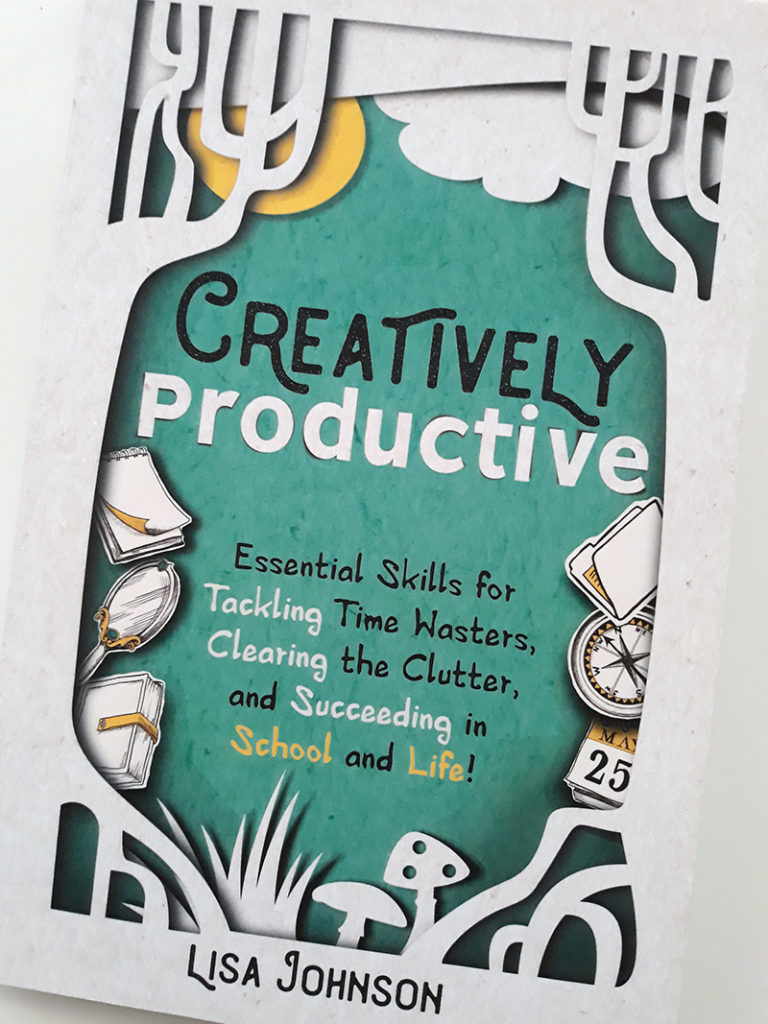
I’ve always been someone who takes notes while reading, but most of the notes I’ve scribbled down are lost within the pages of my journals. I’ve got little snippets scattered throughout daily logs and collections, and written on random sticky notes! As you can imagine, this makes it almost impossible to go back and find everything I wrote down about a specific book.
Keep book summaries inside a dedicated reader’s notebook
Since reading Creatively Productive, I’ve learned to summarise the books I read inside a dedicated reader’s notebook.
It doesn’t have to be any special type of notebook. Just a plain lined notebook will do. I’m currently using a dot grid Moleskine notebook.
Here’s how I keep a reader’s notebook…
While reading, I highlight important areas using a highlighter pen, a pencil, or strips of washi tape to bookmark pages. I might also add notes, thoughts and ideas to the page. (If it’s a borrowed book, I use sticky notes that are easily removed).
In Creatively Productive, Lisa recommends putting the book aside for a few weeks, after reading, before summarising it in your reader’s notebook. I admit I’m not very good at this. I’m usually itching to decorate my notebook and fill the pages…even before I’ve finished reading! But, setting the book aside will help you make better decisions about which notes are worth keeping.
Transfer notes, ideas and inspiration into your reader’s notebook
The first thing I do in my reader’s notebook is to write the title of the book and the author. As per Lisa’s suggestion, I do this in a fun way that reflects the style and colour of the book. Next, I review the areas that were highlighted during reading, and any notes I scribbled down in the margins.
My most important notes, quotes and ideas, and any relevant page numbers, are then transferred to my reader’s notebook. To capture the mood and style of the book, including how it makes me feel, I use colours, stickers, washi tape and other decorative elements.
All of this is captured on consecutive pages that form one collection inside my reader’s notebook.
It’s so easy to flip back through the pages of my notebook and revise everything I wrote. As Lisa mentions in Creatively Productive, using colour helps you quickly recognise pages belonging to a specific book.
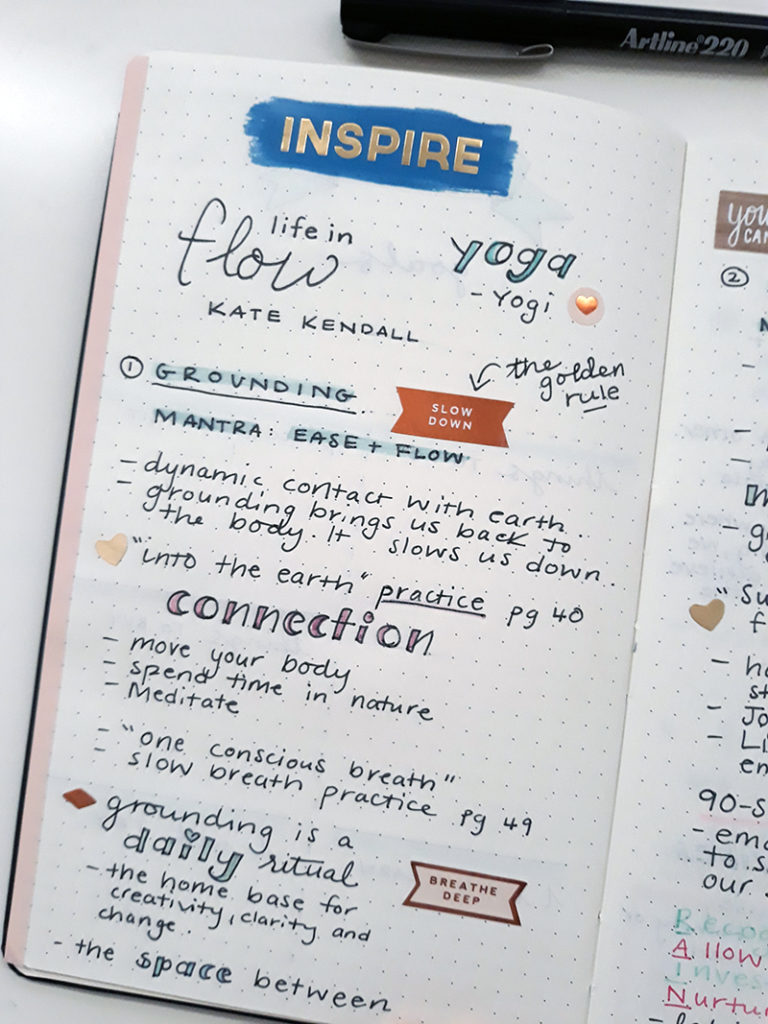
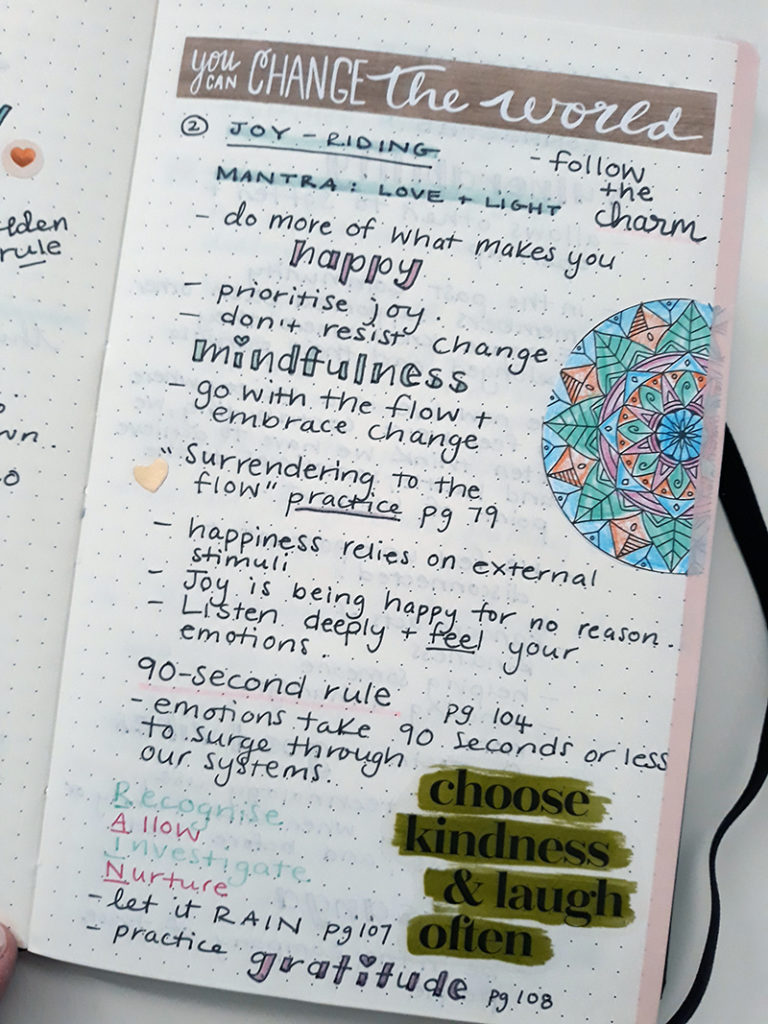
Slow down to become more productive
So often, we read in a hurry, not properly absorbing the text in a way that it can be remembered or used. We may feel inspired by a quote or learn something new. But, the second the book is finished, the information is lost as we become distracted by the busyness of daily life.
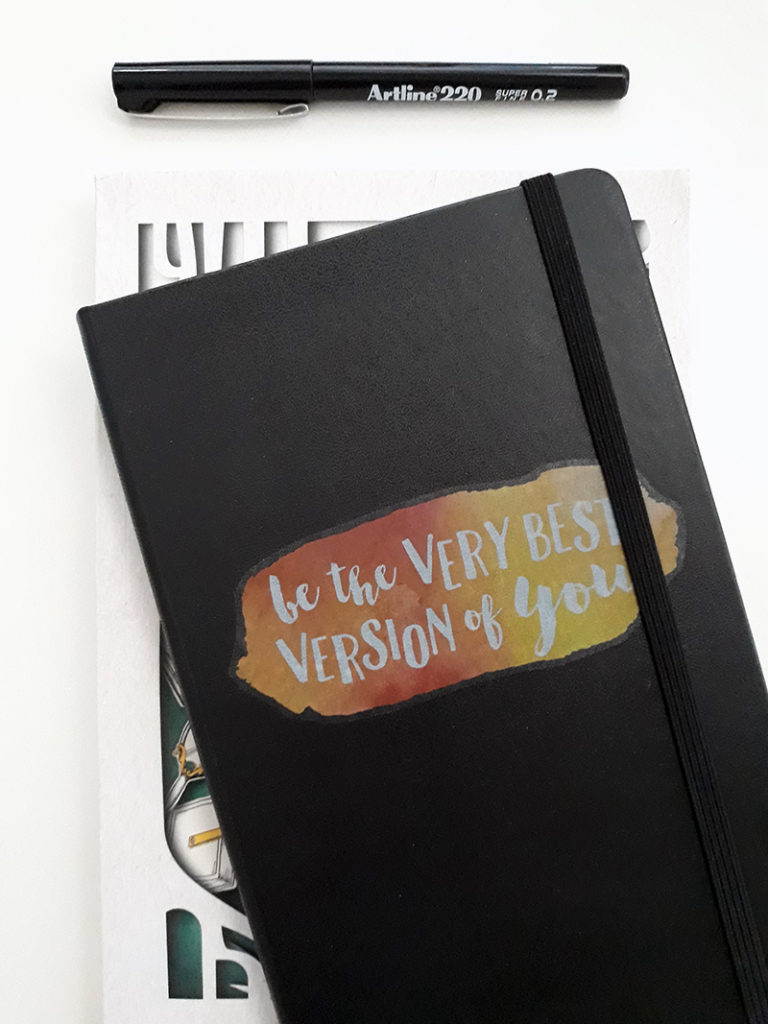
A reader’s notebook is a wonderful way to slow down the process of reading and truly engage with the books we read. Taking the time to review highlighted areas and notes, allows us to decide which ones are most important.
Writing down our most important notes in a fun, personal and inspiring way enhances the lessons learned. It allows us to easily access, and continually review and reflect on the information.
If you want to learn more about keeping a reader’s notebook, then check out Lisa’s Complete Guide to Book Summaries. Lisa shares an in-depth look at how she uses her reader’s notebook.
Improve productivity and organisation
Lisa’s book, Creatively Productive, is ideal for teachers, students, and parents of students alike. As well as the reader’s notebook technique, you’ll find great tips and techniques for note-taking, time management, habit tracking and more. All designed to help you be better organised, more productive, and to succeed in school and life! #heckyes
I’m so thrilled to share that Lisa features two of my mood tracker designs, the Tea Cup Tracker and Mandala Tracker, in her book. Lisa explains in Creatively Productive how she uses these, and various other trackers, to assist with goal setting and habit tracking.
If you’ve learned a new technique from Creatively Productive or started a reader’s notebook, let me know in the comments below. I’d love to hear from you.
Happy reading and journaling x
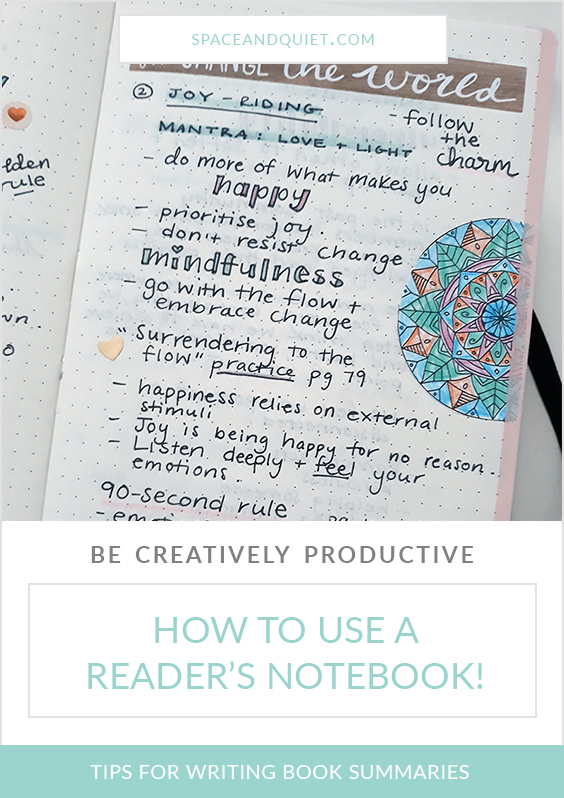

Leave a Reply